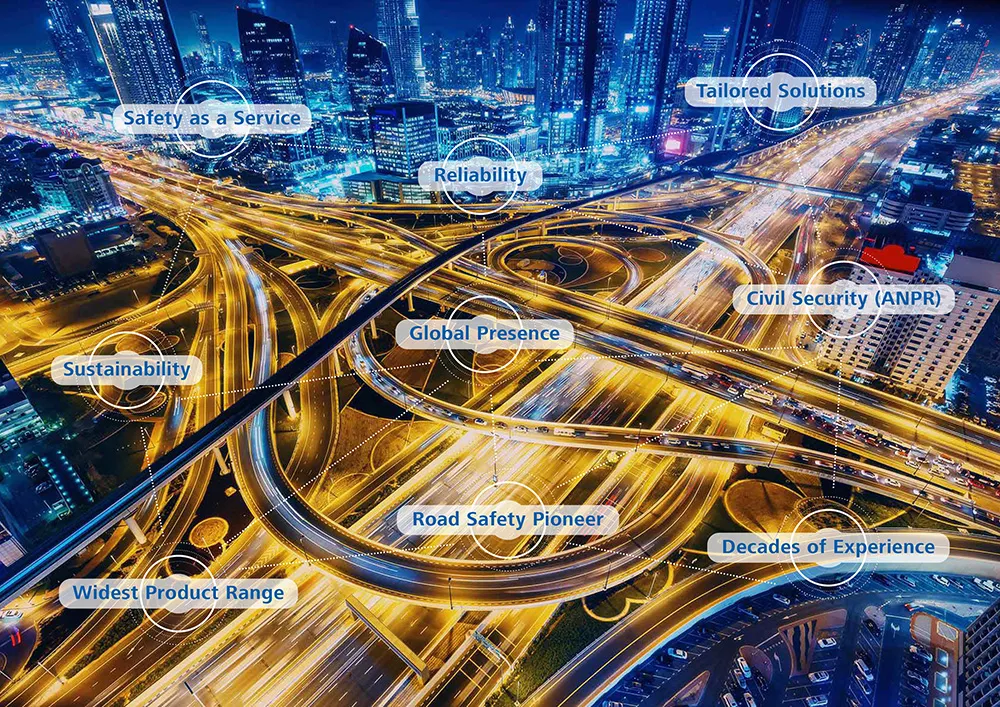StarTraq and the North Yorkshire Police Traffic Bureau received a high commendation at the Prince Michael of Kent International Road Safety Awards, which recognise achievements and innovations which will improve road safety.
The commendation was awarded in view of North Yorkshire Police Traffic Bureau‘s investment in mobile enforcement camera technology in conjunction with StarTraq’s back office software to deliver a system that is said to be saving lives on the roads in North Yorkshire.
Following a
December 10, 2015
Read time: 2 mins
The commendation was awarded in view of North Yorkshire Police Traffic Bureau‘s investment in mobile enforcement camera technology in conjunction with StarTraq’s back office software to deliver a system that is said to be saving lives on the roads in North Yorkshire.
Following a detailed feasibility study into the benefits and practical considerations of safety cameras, North Yorkshire Police Traffic Bureau decided to introduce mobile enforcement camera vans in June 2011. Since then it has found that the number of offences captured by the cameras has increased, acting as a deterrent to speeding motorists, and the number of people killed or seriously injured on North Yorkshire’s roads has been reduced.
High-tech safety cameras are used to capture vehicle speeds as well as other offence types such as not wearing a seatbelt and using a mobile phone whilst driving. All different offence types are being processed through the StarTraq Dome back office solution, which allows the police to verify traffic offences, issue all Notices of Intended Prosecution within 14 days, automatically divert offenders to driver education and quickly prepare court files. The system has been essential for the police to process the growth of captured offences from 1,200 per month in 2011 to 4,400 per month in 2015.










